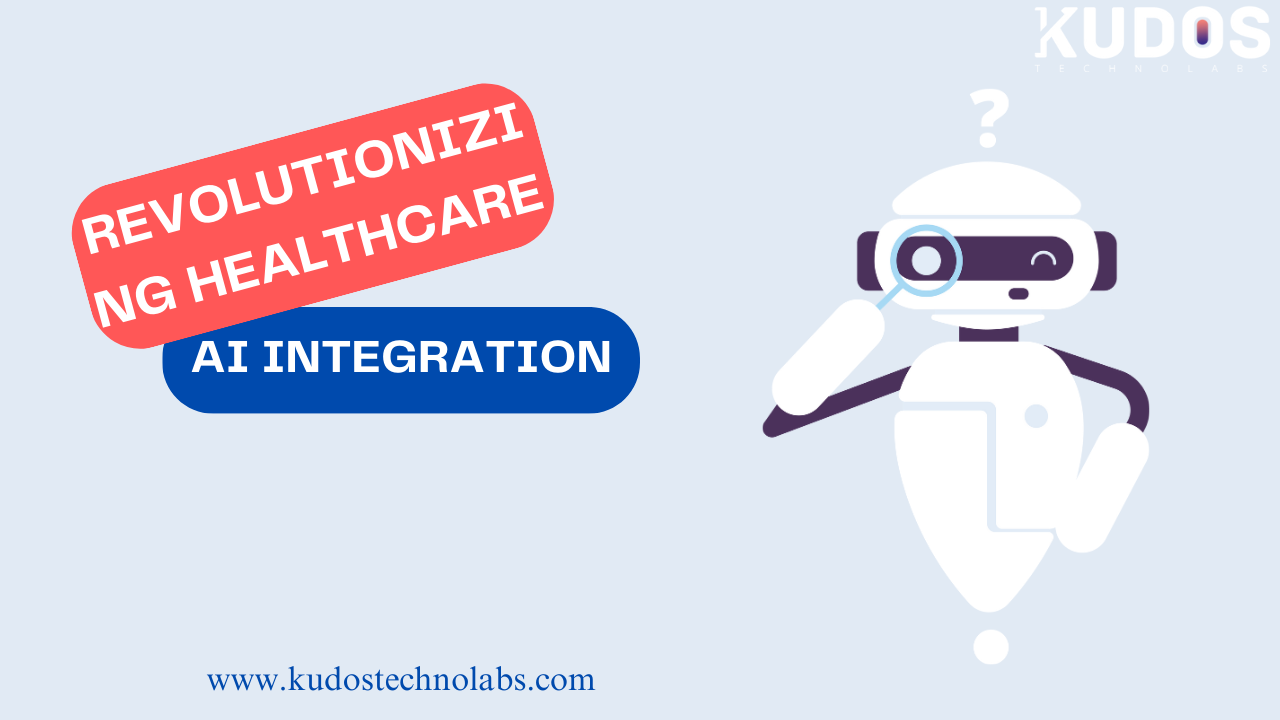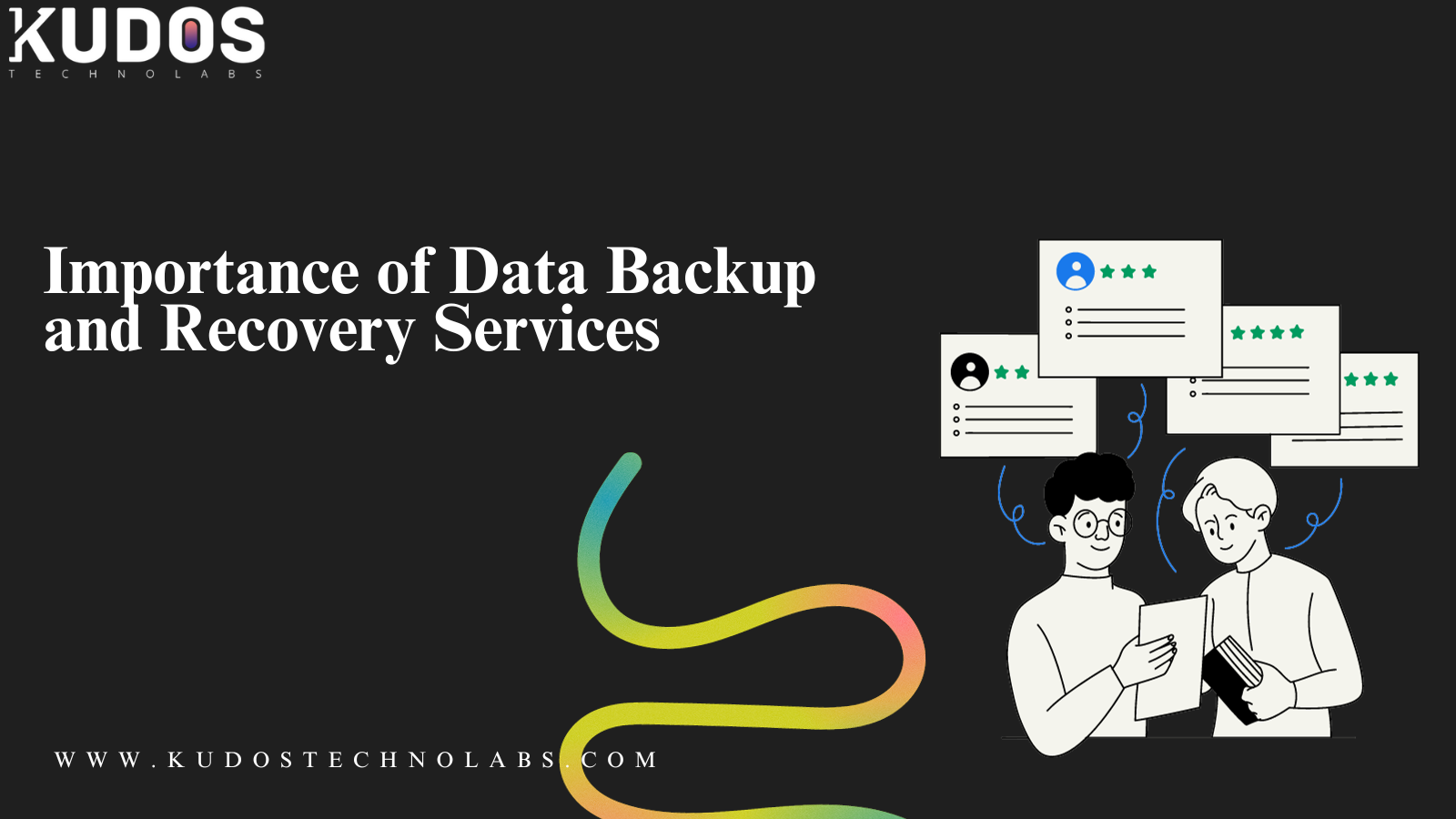In the fast-paced world of technology, staying ahead of the curve is essential for any enterprise. As we step into the year 2023, the landscape of enterprise system architecture is evolving at a rapid pace. It’s essential for businesses to adapt and embrace modern enterprise system architecture to remain competitive and efficient.
In this blog, we’ll explore the key trends, principles, and best practices that define modern enterprise system architecture in 2023. Whether you’re a seasoned IT professional or someone just beginning to dip your toes into the world of enterprise architecture, this guide will provide valuable insights to help you navigate the challenges and opportunities of the modern digital era.
1. The Evolution of Enterprise System Architecture
Enterprise system architecture refers to the high-level structure and organization of an organization’s software and hardware systems. In the past, enterprise architectures were often characterized by monolithic, rigid structures that made it challenging to adapt to changing business needs. However, modern enterprise system architecture has evolved to address these limitations.
In 2023, several trends are shaping the way enterprises design and implement their system architecture:
1.1 Microservices Architecture
One of the most significant developments in recent years is the adoption of microservices architecture. This approach involves breaking down large, complex applications into smaller, independent services that can be developed, deployed, and maintained separately. This flexibility enables faster development and scalability, making it a popular choice for modern enterprises.
1.2 Cloud-Native Solutions
With the increasing reliance on cloud computing, modern enterprise architecture emphasizes the use of cloud-native solutions. Cloud-native applications are designed to take full advantage of the scalability and agility offered by cloud platforms like AWS, Azure, and Google Cloud.
1.3 DevOps and Continuous Integration/Continuous Deployment (CI/CD)
The integration of DevOps practices and CI/CD pipelines is a crucial aspect of modern enterprise system architecture. This ensures that software development, testing, and deployment processes are automated, leading to faster and more reliable software delivery.
2. Key Principles of Modern Enterprise System Architecture
2.1 Scalability and Flexibility
Modern enterprise architecture must be scalable and flexible to accommodate growth and changes in business requirements. Scalability allows organizations to expand their systems seamlessly as their user base or workload increases. Flexibility ensures that the architecture can adapt to changing market conditions and evolving technology trends.
2.2 Security and Compliance
Security and compliance are paramount in today’s digital landscape. Modern enterprise system architecture should incorporate robust security measures to protect sensitive data and comply with relevant regulations. This includes encryption, access control, and monitoring.
2.3 Integration and Interoperability
In 2023, enterprises increasingly rely on a variety of software applications and systems. A key principle is to ensure seamless integration and interoperability among different components, whether they are legacy systems or cutting-edge technologies. API-driven architecture is often employed to achieve this.
2.4 Automation
Automation is central to modern enterprise system architecture. By automating routine tasks and processes, organizations can improve efficiency, reduce human error, and accelerate time-to-market. This includes automating infrastructure provisioning, code deployments, and monitoring.
3. Modern Technologies Shaping Enterprise System Architecture
In 2023, several technologies are at the forefront of modern enterprise system architecture:
3.1 Artificial Intelligence (AI) and Machine Learning (ML)
AI and ML are revolutionizing how enterprises handle data and make informed decisions. These technologies can be integrated into various aspects of architecture, from predictive maintenance to customer experience personalization.
3.2 Internet of Things (IoT)
IoT devices are becoming increasingly prevalent in various industries. Modern enterprise architecture should be prepared to handle the influx of data generated by IoT devices and leverage this data for business insights.
3.3 Blockchain
Blockchain technology is finding applications beyond cryptocurrencies. It can be integrated into enterprise architectures to provide secure and transparent transaction records and supply chain management.
3.4 Edge Computing
Edge computing allows enterprises to process data closer to its source, reducing latency and enabling real-time decision-making. It’s a crucial component of modern architecture, especially in applications like autonomous vehicles and remote monitoring.
4. Best Practices for Implementing Modern Enterprise System Architecture
Implementing modern enterprise system architecture successfully requires adherence to several best practices:
4.1 Create a Clear Roadmap
Begin with a well-defined roadmap that outlines the organization’s current state, goals, and the steps required to achieve the desired architecture. This roadmap should account for technology adoption, talent acquisition, and budget considerations.
4.2 Invest in Talent
Ensure that your organization has the necessary expertise and skills in modern technologies and practices. Hiring or training staff in areas like cloud computing, DevOps, and data science is essential.
4.3 Embrace Agile Development
Adopt agile development methodologies to enable faster and more iterative development cycles. This approach is particularly well-suited for modern enterprise architectures, where adaptability is critical.
4.4 Monitor and Optimize
Continuous monitoring and optimization are crucial. Use monitoring tools and analytics to identify areas for improvement, and be prepared to adjust the architecture as needed.
4.5 Data Governance
Establish robust data governance practices to ensure the quality and integrity of data within your organization. This is especially important as data becomes more central to decision-making.
5. Case Study: A Modern Enterprise System Architecture Success Story
To illustrate the impact of modern enterprise system architecture, let’s look at a hypothetical case study:
Company X, a global e-commerce giant, recognized the need to modernize its system architecture to stay competitive in the evolving market. They implemented a microservices-based architecture, migrated to a cloud-native infrastructure, and integrated AI and IoT technologies.
The results were impressive:
– Increased Scalability: Company X can effortlessly handle a tenfold increase in traffic during peak shopping seasons, thanks to its scalable microservices architecture.
– Improved Customer Experience: AI-driven personalization and chatbots provide customers with tailored product recommendations and instant support.
– Real-time Inventory Management: IoT sensors in warehouses ensure that inventory levels are accurate and can trigger automatic reordering when stock is low.
– Cost Savings: Cloud-native solutions reduced infrastructure costs and allowed for more efficient resource allocation.
– Competitive Advantage: Company X’s ability to adapt quickly to changing market conditions and customer preferences has solidified its position as a leader in the e-commerce industry.
Conclusion
As we venture into 2023, modern enterprise system architecture is a driving force behind innovation and success for businesses. Embracing microservices, cloud-native solutions, and the latest technologies can help organizations become more agile, secure, and competitive.
By following the key principles and best practices outlined in this blog, enterprises can design and implement architecture that not only meets their current needs but also positions them for future growth and success in an ever-evolving digital landscape. Modernize your enterprise system architecture to unlock its full potential and navigate the future with confidence.
Get Webdesign & Development Service By Kudos Technolabs










